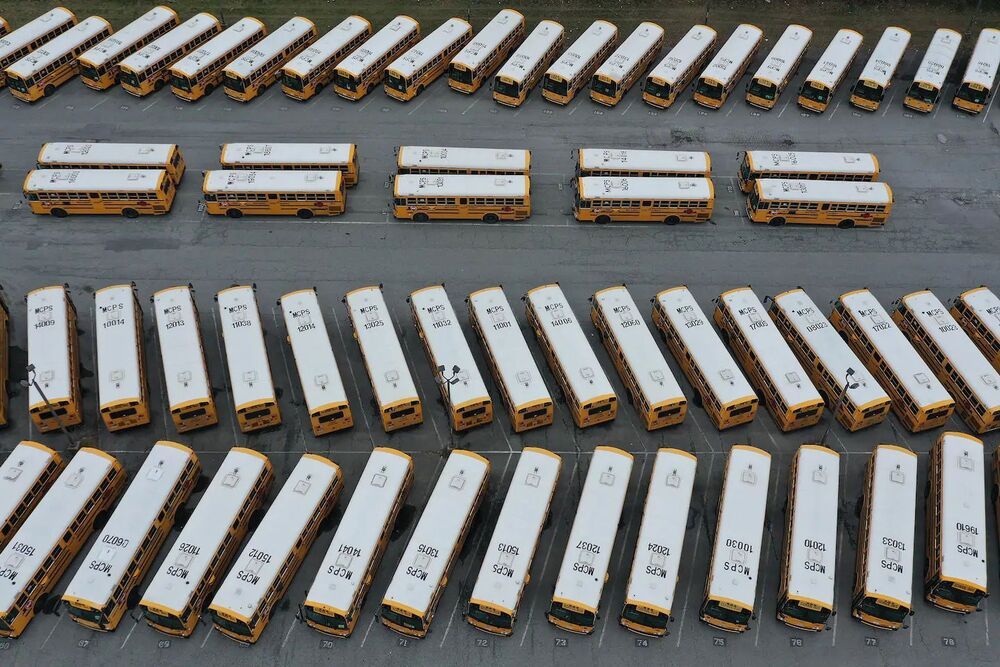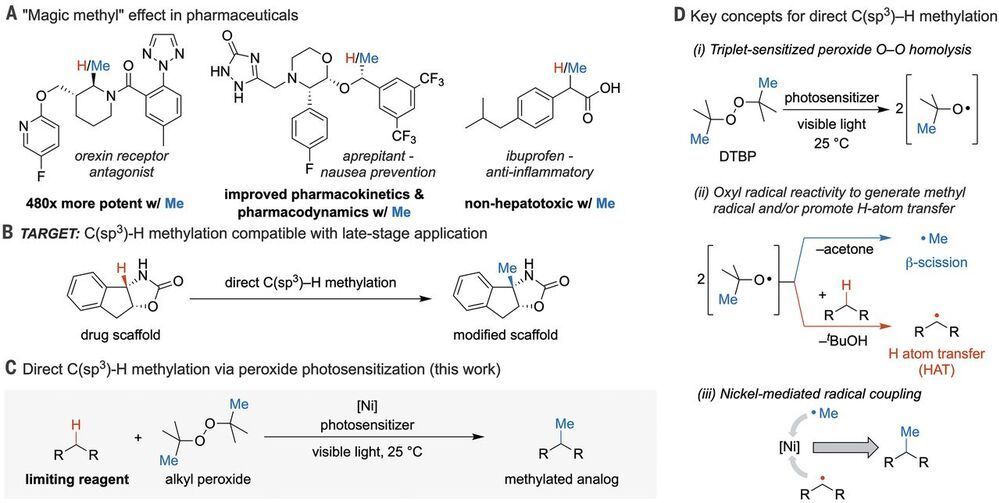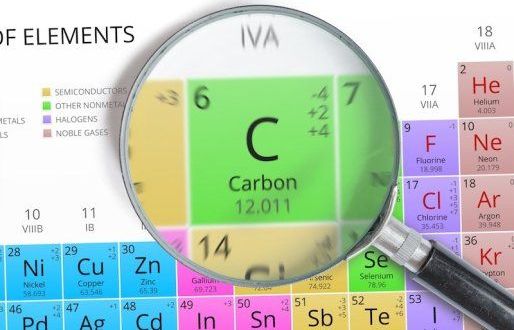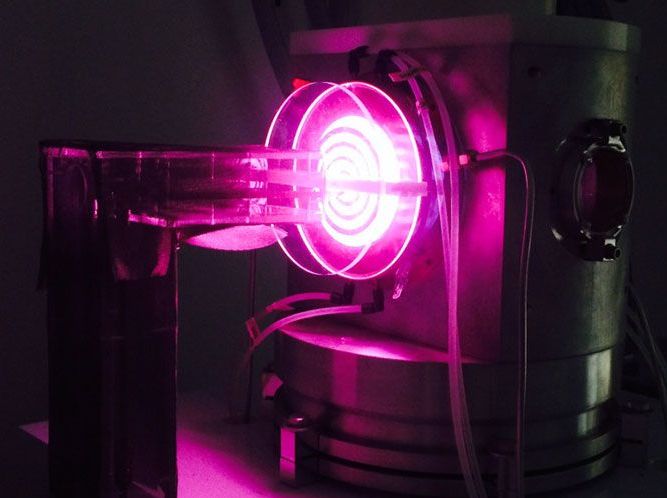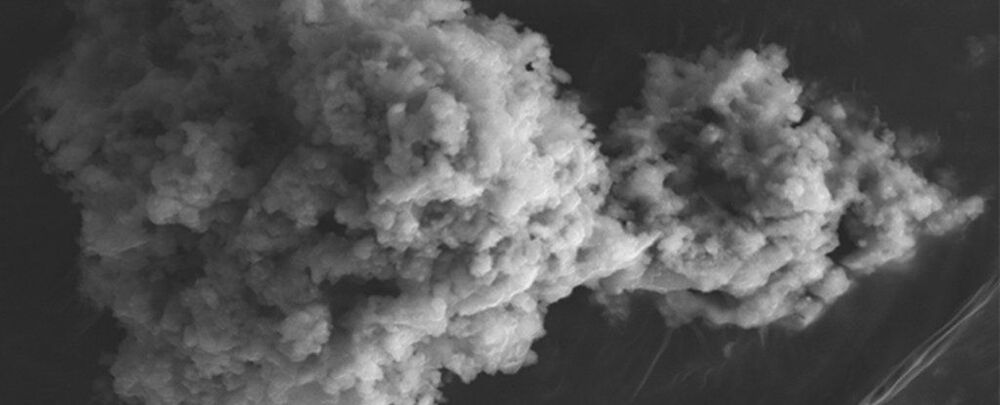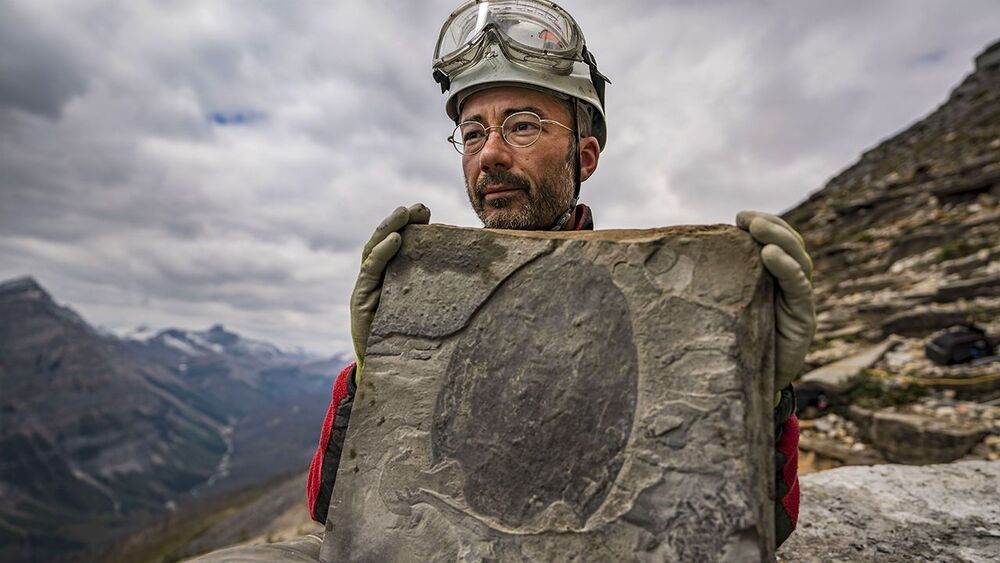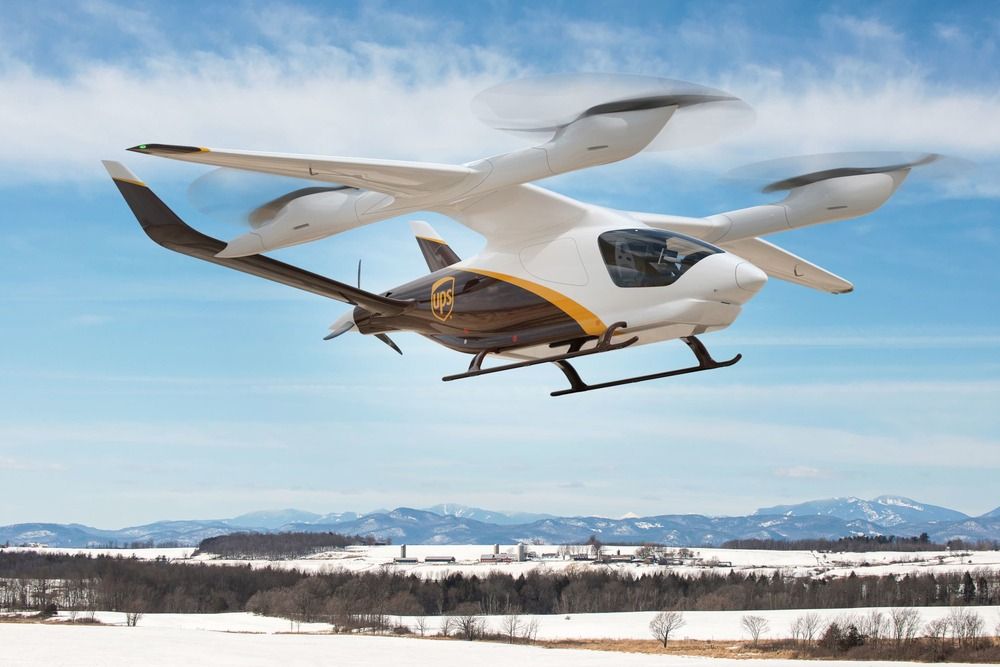Apr 23, 2021
A lesson in electric school buses
Posted by Jason Blain in categories: business, education, energy
They require less maintenance, and less pollution. Imagine if you used them as a battery backup during an emergency.
School board seals deal to bring 300 electric school buses to Montgomery County. The buses will recharge at night and run during the day. During the hot summers, the buses and charging stations can help store needed energy for local businesses.
